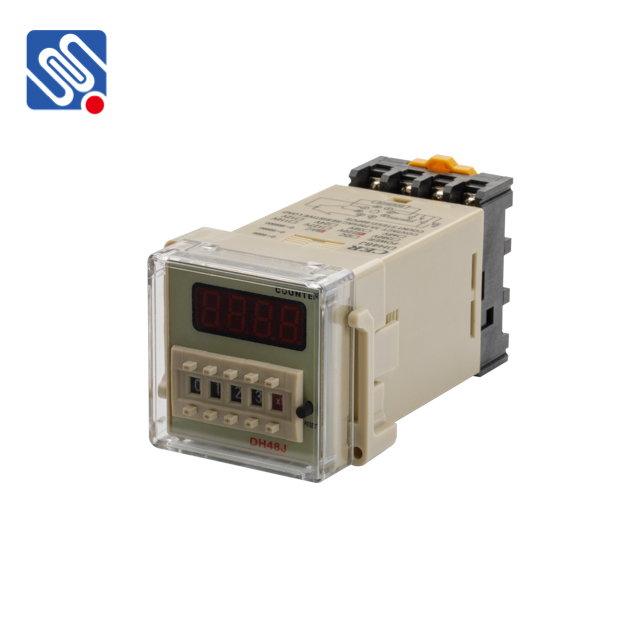understanding relay voltage: a key factor in electromechanical control systems
Release time:2025-10-20 06:18:47
Relay voltage plays a critical role in the operation of relay switches, which are widely used in various electrical and electronic systems. Whether it's controlling household appliances, industrial machinery, or automotive applications, the relay serves as an essential interface between the control circuit and the power circuit. This article explores the importance of relay voltage, how it affects the performance of relays, and its significance in selecting the right relay for different applications.

What is Relay Voltage?
Relay voltage refers to the electrical voltage that is applied to the relay's coil in order to activate or de-energize the relay. The voltage causes the coil to generate a magnetic field, which, in turn, pulls the relay's switch contacts together (or pushes them apart, depending on the relay design). This simple mechanism allows relays to control the flow of electrical current in another circuit without the need for direct physical interaction.
Relays are classified by the voltage rating of their coil, and the relay voltage must match the voltage supply for proper functionality. For instance, a 12V relay will be activated when a 12V DC voltage is applied across the coil. Using a voltage higher than the rated voltage can damage the coil, while a voltage lower than the rated voltage may result in the relay failing to operate.

